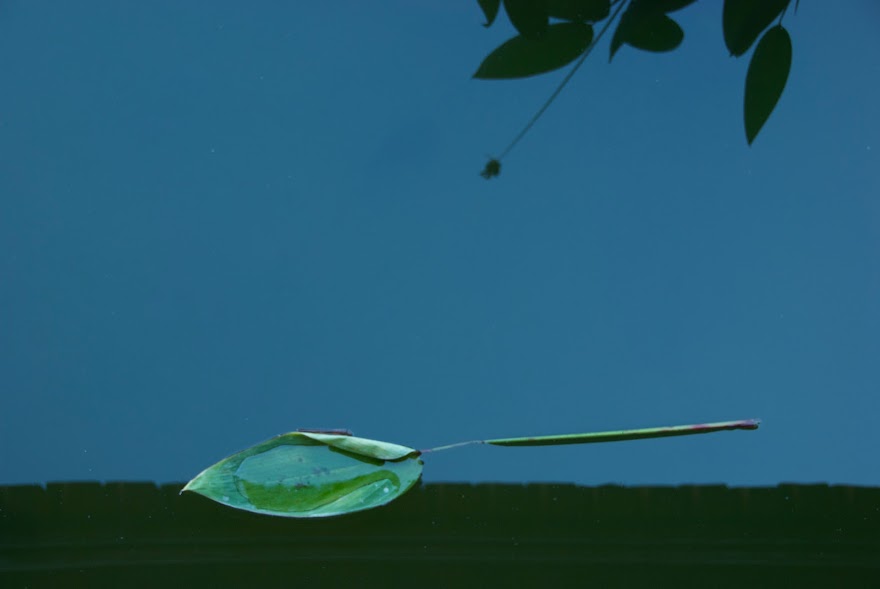The three leopards are the novel, THE LEOPARD, written by Giuseppe Tomasi, the 11th Prince of Lampedusa, the 12th Duke of Parma; the 1963 film adaption starring Burt Lancaster and Claudia Cardinale; and the current six part Netflix series.
The story of the publication of Tomasi’s only novel is a sad one. He began writing it in his fifties and had it rejected by two of Italy’s prominent publishers before he died of lung cancer in 1957 at age 60. He died knowing only of those rejections, not that the novel would be published the following year to great critical and commercial success. As a writer I find that sad indeed.
The main character in THE LEOPARD, Prince Fabrizio, is based on Tomasi’s great-grandfather who lived during the Risorgimento when Garibaldi was unifying what would become Italy. It begins in 1860 and ends in 1910. The tone is elegiac and restrained. Prince Fabrizio knows he is the last Leopard. He does not mourn that, but he also does not respect the kind of men who will come to power.
I read the novel when it was first published and, though young, admired it greatly. I read it a second time about twenty years ago and bought a Kindle edition a few years ago intending to read it again. I saw the movie version when it came out in 1963 and liked that too, especially Burt Lancaster’s performance. Then a month ago I learned of the new Netflix series and was curious to watch it. I considered rereading the novel first, but thought it fairer to watch the Netflix and judge it on its own internal merits. So Carol and I did, one episode an evening two weeks ago.
The Netflix LEOPARD is visually sumptuous: the palaces, the clothes, the people, all dominated by the harsh Sicilian landscape beneath a blazing sun. I enjoyed the series until the last episode in which the writers under whose direction I do not know had Concetta, one of the Duke’s daughters, perform an act that was totally inconsistent with the intelligent character she had until then evinced. I suspect that the intent was to leave open the possibility of a second season, but for me it was so egregious that if there is a second season, I will not watch.
I then reread the novel and admired it as much as I remembered.
And then Carol and I watched the 1963 movie which we both enjoyed. It closely follows the book, but ends short of the Prince’s death and the final portrayal of Concetta as an old woman in 1910. I like the movie, but believe it would be much better had it included those scenes, but running over three hours as it does perhaps that is asking too much.
For me the order is clear. The novel is best. The movie second. The Netflix watchable until the final episode but third.
The sweat and pollen seasons have returned to the marsh. They are both produced by the sun. Trees ‘know’ when to produce pollen by increasing temperatures and longer hours of daylight. So does sweat.
The most obvious pollen in the marsh is a fine yellow powder from pine trees. The trees just outside our windows and deck are live oaks and palmetto palms, but there is a line of tall pines not far away and for the past week or so everything outside has been coated yellow. We do not leave cushions out except when we are using them. I have to dust the seat of my bicycle each morning. Fortunately neither Carol nor I are allergic to pollen. And as I was sweeping leaves and pollen from the deck two afternoons ago the sweat season returned. The temperature was only 77F/25C but with high humidity sweat began pouring down my face. I finished and came inside and turned on the air conditioning for the first time this year.

No comments:
Post a Comment